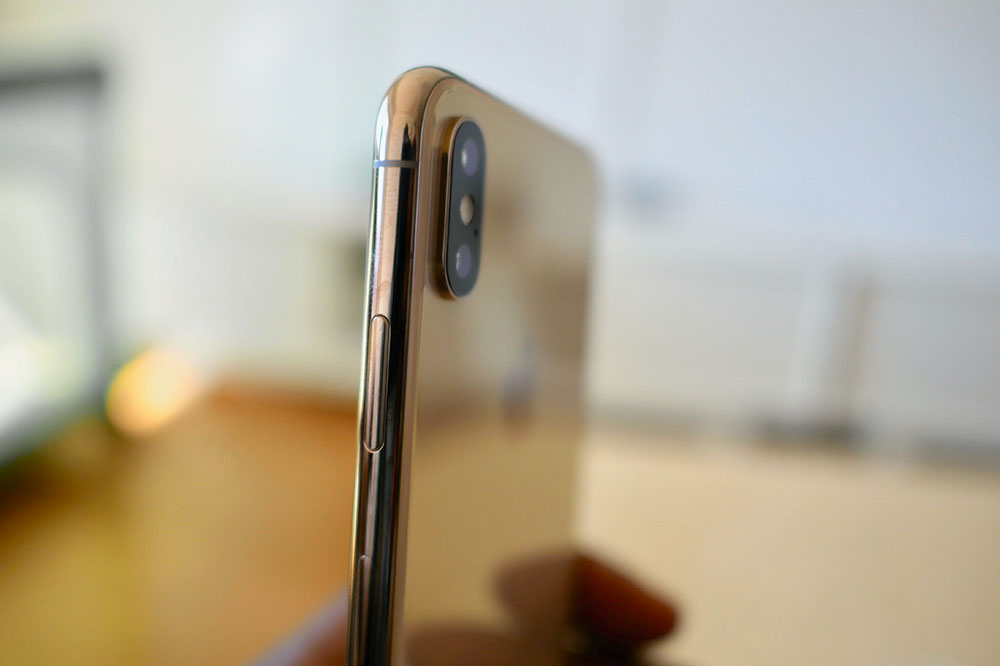Comprehensive Guide to the Apple iPhone 6 Series: Features, Differences, and User Tips
This comprehensive guide compares the Apple iPhone 6 series models, highlighting their key features, differences, and suitability for various user needs. From screen size to camera upgrades, learn which model best fits your lifestyle and preferences in this detailed review. Despite their age, these devices remain popular due to their reliable performance, classic design, and versatile features, making them a valuable choice for budget-conscious consumers and tech enthusiasts alike.

In-Depth Comparison of Apple iPhone 6, 6S, 6 Plus, and 6S Plus Models
The Apple iPhone 6 series, initially launched in 2014 and 2015, continues to be a significant part of the smartphone landscape. Despite their age, these devices are still favored by many users due to their iconic design, user-friendly interface, and dependable performance. As Apple introduced four models in this lineup—namely the iPhone 6, iPhone 6S, iPhone 6 Plus, and iPhone 6S Plus—each variant brings its own set of features and advantages to cater to different user needs and preferences.
When evaluating which iPhone 6 model best fits your lifestyle, it’s essential to consider various factors such as size, weight, display quality, camera capabilities, and overall performance. The iPhone 6 and 6 Plus were among the earliest in this series, introducing larger screens and a more modern design. They offered improvements over previous models, such as thinner profiles and refined aluminum bodies. The subsequent models, iPhone 6S and 6S Plus, built upon this foundation by incorporating advanced features like 3D Touch, Touch ID, and enhanced internal components.
One of the key distinctions between these models relates to screen size. The iPhone 6 features a 4.7-inch display, while the 6 Plus boasts a 5.5-inch screen, making it more suitable for users who prefer larger displays for media consumption or productivity. The 6S and 6S Plus share similar size differences, with the Plus variants offering larger screens and increased resolution. In terms of design, all these models are lightweight and slim, but the Plus versions are slightly thicker and heavier due to larger batteries and screen size.
Camera technology also saw significant enhancements during this series. The original iPhone 6 and 6 Plus feature an 8-megapixel rear camera capable of capturing detailed photos and 1080p HD videos. The iPhone 6S and 6S Plus upgraded this to a 12-megapixel sensor, delivering sharper images and improved post-processing features. The front-facing cameras on all models have held steady at 1.2 MP but with improvements in software for better selfies and video calls.
Battery life varies across the lineup, with the Plus models generally offering longer usage times due to larger battery capacities. The iPhone 6 offers about 14 hours of talk time, whereas the 6 Plus can extend this to approximately 24 hours, making it ideal for users with heavy usage. The 6S series, introduced a year later, maintained similar battery life, with slight improvements thanks to more efficient internal components.
Additional features such as Touch ID fingerprint sensors, available in all models, enhance device security and ease of unlocking. The 6S and 6S Plus introduced 3D Touch, a pressure-sensitive display technology that allows users to access context-specific options with harder presses, significantly improving user interaction and multitasking capabilities.
Overall, each iPhone 6 model has unique attributes that appeal to various user preferences. Whether you prioritize a compact size for easy handling or desire a larger screen for multimedia experiences, this line-up offers versatile options. Despite being an older generation, these devices still serve as reliable smartphones for basic tasks, social media, photography, and casual use. Their durable design and familiar iOS interface make them a great choice for budget-conscious consumers or those preferring a simpler yet effective mobile experience.
In conclusion, when selecting an iPhone 6 model, consider your specific needs—be it screen size, camera quality, or battery life—to find the perfect fit. With proper care and potential software updates, these phones continue to provide value well beyond their initial release period, maintaining their relevance in today’s market.





